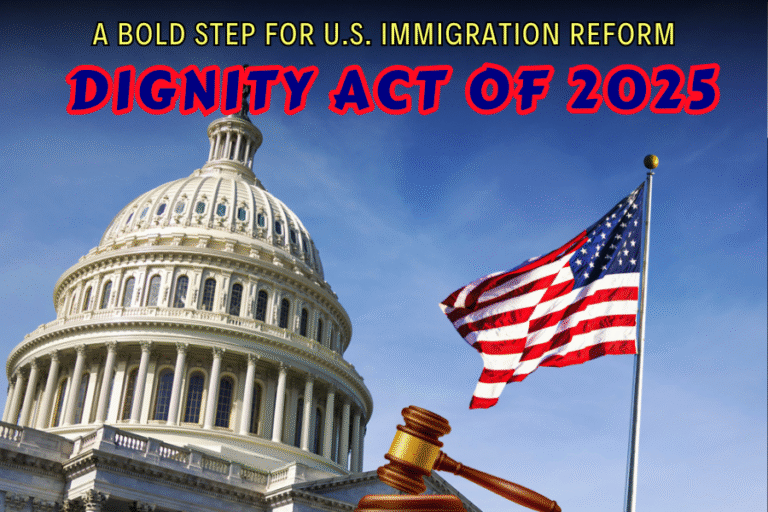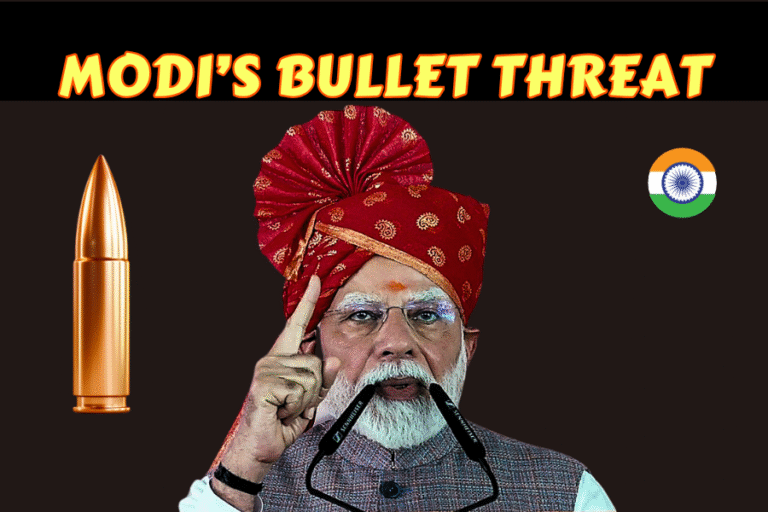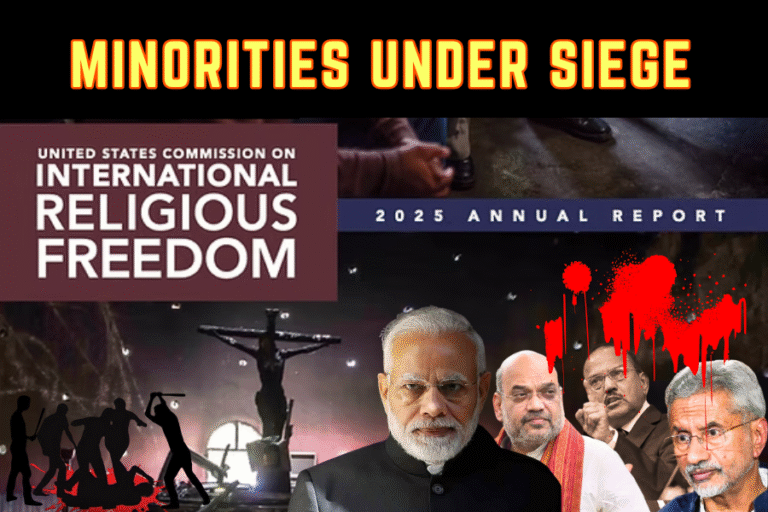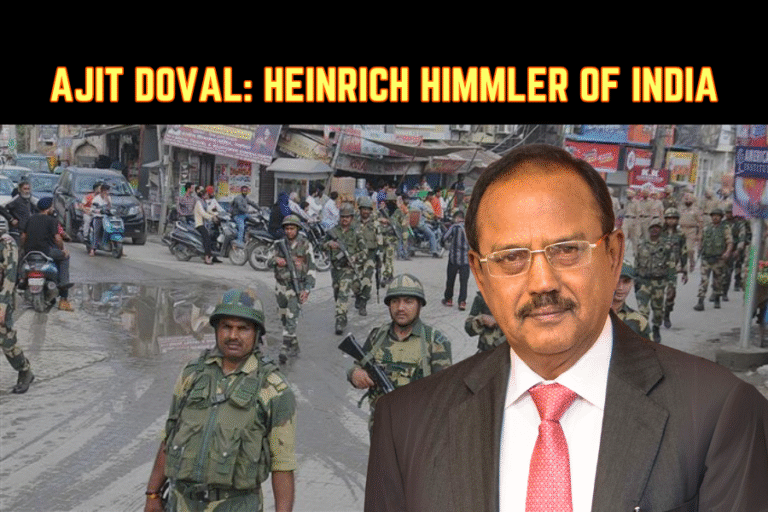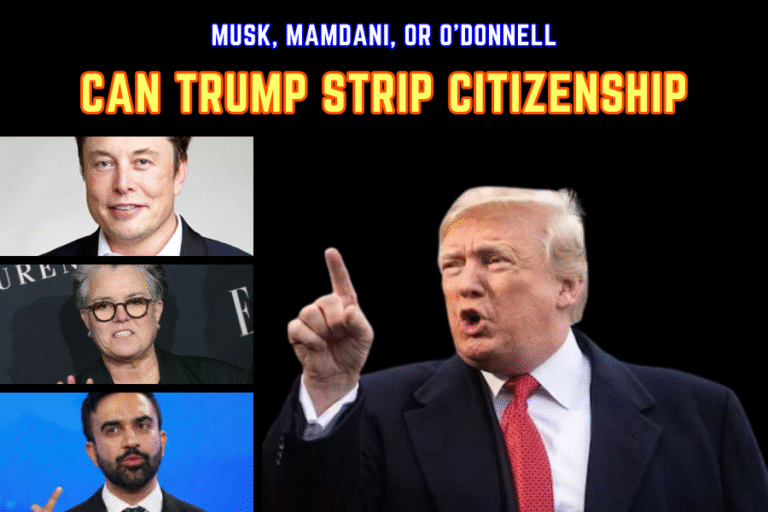(By Khalid Masood)
October 6, 2025
Introduction
Yasin Malik, born on April 3, 1966, in the bustling riverside neighborhood of Maisuma in Srinagar, has long been a polarizing figure in the Kashmir conflict. As the chairman of the Jammu Kashmir Liberation Front (JKLF), Malik embodies the turbulent history of Kashmiri separatism—a journey from armed insurgency in the 1980s to non-violent advocacy in later decades, and now, a high-stakes legal battle in Indian courts. Currently serving a life sentence in New Delhi’s Tihar Jail for terror funding charges, Malik faces a renewed push by India’s National Investigation Agency (NIA) to enhance his punishment to the death penalty. This development, unfolding as of October 2025, has reignited global scrutiny on India’s handling of Kashmiri activists and the broader human rights implications in the disputed region.
Malik’s story is not just one of personal transformation but a microcosm of Kashmir’s quest for self-determination amid Indian and Pakistani claims. His early flirtations with militancy, pivotal role in high-profile incidents, and later embrace of Gandhian non-violence have made him a “poster boy” of separatism, as described by The Hindu. Yet, recent affidavits filed in court reveal alleged backchannel dialogues with Indian prime ministers and intelligence agencies, painting a complex portrait of a man caught between rebellion and reconciliation. This article traces Malik’s life, his contributions to the Kashmiri liberty movement, and analyzes the precarious odds of capital punishment in his case, against the backdrop of India’s death penalty practices and international pressures.
Early Life: Seeds of Defiance in Srinagar
Yasin Malik grew up in the shadow of Kashmir’s simmering unrest during the late 1970s and early 1980s, a period marked by growing disillusionment with Indian governance in the Muslim-majority valley. Born into a modest family in Maisuma—a historic area known for its resistance to authority—Malik was just 17 when he first dipped into political activism. According to accounts, he founded a student group called the “Tala party,” aimed at disrupting local elections in 1983, signaling his early anti-establishment leanings. This was no mere youthful rebellion; it reflected the broader frustration among Kashmiri youth over rigged polls and unfulfilled promises of autonomy under Article 370 of the Indian Constitution.
By his early 20s, Malik had gravitated toward the JKLF, a pro-independence outfit founded in the 1970s by Amanullah Khan and others, which sought an azadi (freedom) for Kashmir independent of both India and Pakistan. Unlike more Islamist groups, JKLF’s secular ideology appealed to secular nationalists like Malik. He was 21 during the controversial 1987 Jammu and Kashmir Assembly elections, widely alleged to be rigged, which many credit as the spark for the armed insurgency that erupted in 1989. Malik later recounted in interviews how this “betrayal” radicalized an entire generation, drawing him deeper into the separatist fold.
The Militant Phase: Guns and High-Stakes Gambits (1980s–1990s)
Malik’s entry into militancy was swift and audacious. In the late 1980s, as Kashmir descended into violence following the exodus of Pandit Hindus and the rise of mujahideen groups, he became a key operative for JKLF’s armed wing. Trained in Pakistan, Malik returned to the valley in 1987 as one of the first insurgents, smuggling arms and orchestrating attacks on Indian security forces. His group targeted symbols of Indian control, including government offices and military convoys, in a bid to force plebiscite and independence.
The pinnacle of his militant career came in December 1989, when Malik allegedly masterminded the kidnapping of Rubaiya Sayeed, daughter of then Union Home Minister Mufti Mohammad Sayeed. The 23-year-old medical student was abducted en route to her Srinagar hospital and held for five days. In exchange for her release, India freed five jailed militants, including two JKLF commanders. This swap, hailed by separatists as a victory, embarrassed the Indian government and emboldened the insurgency, leading to thousands of deaths in the ensuing decade. Malik later admitted his role in the operation during a 2022 court plea, though he framed it as a “political act” for Kashmiri liberation.
Arrested multiple times in the early 1990s, Malik endured torture and solitary confinement, experiences that hardened his resolve. In 1994, while imprisoned in Srinagar’s Central Jail, he staged a dramatic hunger strike, demanding better conditions for political prisoners. Released on bail, he crossed into Azad Kashmir (Under Pakistani Control) in 1995 for “medical treatment,” where he met JKLF founder Amanullah Khan and engaged in cross-border dialogues. However, disillusioned by the growing influence of Pakistan-backed Islamist militants—who viewed JKLF’s secularism as heresy—Malik surrendered to Indian authorities in 1994 upon his return, publicly renouncing violence. This marked a turning point: from “gun-toting rebel” to self-proclaimed Gandhian, as chronicled by Al Jazeera.
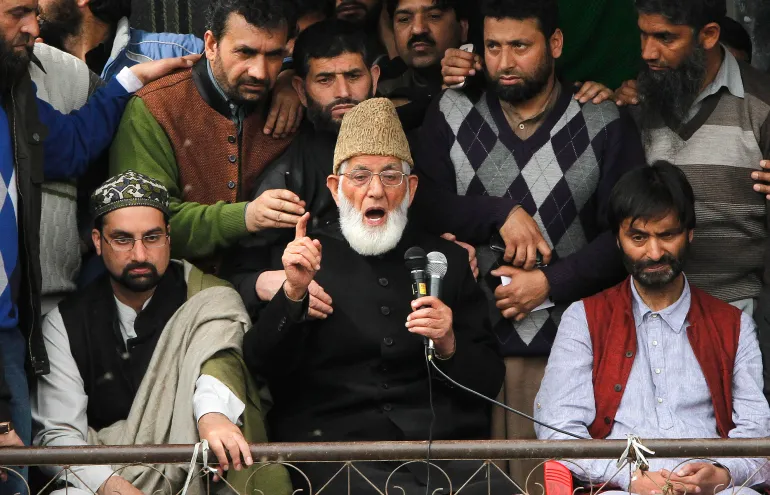
Shift to Non-Violence: Peace Marches, Hunger Strikes, and Dialogue
Post-1994, Malik reinvented himself as a proponent of unarmed resistance, splitting JKLF into a pro-armed faction (led by others in Azad Kashmir) and his non-violent Srinagar-based wing. He organized peace marches, sit-ins, and international advocacy campaigns for Kashmiri self-determination, often invoking Mahatma Gandhi’s satyagraha. In 1998, he led a high-profile hunger strike in New Delhi, drawing attention to alleged human rights abuses by Indian forces, including extrajudicial killings and enforced disappearances.
Malik’s activism extended beyond Kashmir. In 2000, during a Lahore conference, he hurled a shoe at Pakistani-American businessman Mansoor Ijaz, who was mediating between India, Pakistan, and separatists—accusing him of undermining the independence cause. The incident underscored Malik’s refusal to align fully with either nation. He traveled extensively, addressing forums in the U.S. and Europe, and in 2006, met then-Prime Minister Atal Bihari Vajpayee’s aides to discuss confidence-building measures.
His non-violent phase peaked in the 2010s. Following the 2010 killing of a fruit vendor that sparked protests, Malik fasted for 40 days in solidarity. In 2013, after the execution of Parliament attack convict Afzal Guru (a Kashmiri), he staged a 24-hour hunger strike outside Islamabad’s Press Club, protesting Pakistan’s role in the conflict. Recent court affidavits filed in August 2025 reveal deeper engagements: Malik claims “working relationships” with six Indian prime ministers, from V.P. Singh to Manmohan Singh, including marathon meetings with RSS leaders in 2011 and coordination with Vajpayee’s office on peace initiatives. He alleges even a call arranged with industrialist Dhirubhai Ambani for economic integration talks. These revelations, dismissed by critics as “propaganda,” suggest Malik positioned himself as a bridge for dialogue, though they have fueled accusations of him being an “Indian intelligence asset,” as alleged in a controversial October 2, 2025, Al Jazeera report—promptly condemned by JKLF as “malicious.”
Throughout, Malik’s mantra remained azadi for all of Jammu and Kashmir, transcending religious lines. He advocated reuniting divided families across the Line of Control and warned against militarization, earning both admirers and enemies. In Kashmir, he’s revered as a symbol of resilience; in India, often vilified as a terrorist.
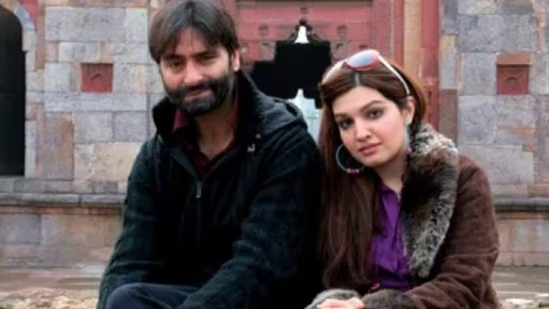
Arrest, Conviction, and the Shadow of the Gallows
Malik’s non-violent facade cracked under legal scrutiny. Arrested in 2019 by the NIA under the Unlawful Activities (Prevention) Act (UAPA) for terror funding and conspiracy in the 2017 Amarnath Yatra attack (which killed eight pilgrims), he was charged with waging war against India. In May 2022, a special NIA court in Delhi sentenced him to life imprisonment after he pleaded guilty, citing health issues and a desire for resolution. The verdict barred him from remission or bail, isolating him in Tihar’s high-security wing.
The NIA appealed in 2022, arguing life was “inadequate” for such “heinous” crimes, seeking the death penalty. In August 2025, the Delhi High Court directed Malik to file a response within four weeks, scheduling hearings for November 10, 2025. In an explosive 85-page affidavit, Malik chronicled his “political life,” reiterating his peace efforts and readiness to “accept fate with a smile”—a defiant nod to his Islamist roots blended with stoic non-violence. The document, leaked to media, has sparked petitions like a September 2025 Change.org campaign urging “justice, no death penalty,” amassing thousands of signatures.
As of October 6, 2025, Malik remains in “absolute isolation” in Tihar, complaining of unannounced searches and denied medical care. JKLF supporters rally online, framing the push for execution as political vendetta post-Article 370’s 2019 abrogation.
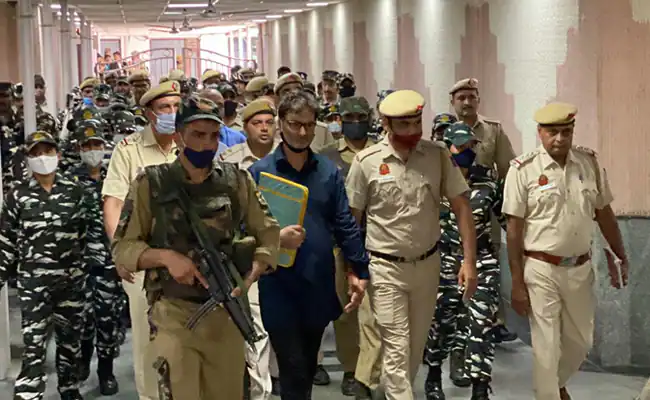
India’s Death Penalty: No Moratorium, Sovereign Stance Amid Global Pushback
India retains capital punishment for “rarest of rare” cases, primarily murder, terrorism, and treason. Executions are infrequent—only four since 2000, the last in 2020 for the 2012 Nirbhaya gang-rape convicts. No formal moratorium exists, despite repeated UN General Assembly resolutions (the latest in December 2024, adopted with 130 votes) calling for one as a step toward abolition. India consistently opposes these, as in 2016, asserting it violates sovereignty and ignores domestic laws like the Code of Criminal Procedure’s guidelines from the 1980 Bachan Singh judgment.
The European Union, a vocal abolitionist, routinely urges partners like India to halt executions during bilateral talks. A September 2025 EU statement to the Council of Europe reiterated calls for a “legal moratorium” in retaining states, while Human Rights Watch’s May 2025 recommendations to the EU-India strategic agenda highlighted concerns over “declining” rights in Kashmir. Amnesty International deems the death penalty a human rights breach, and groups like the World Coalition Against the Death Penalty track global trends. Yet, India has not yielded; a 2024 DRC lift of its moratorium even drew Indian parallels in media. In 2025, no evidence suggests EU or other pressures have prompted a halt—executions remain possible, though rare, in terror cases (e.g., 2013 hanging of Afzal Guru).
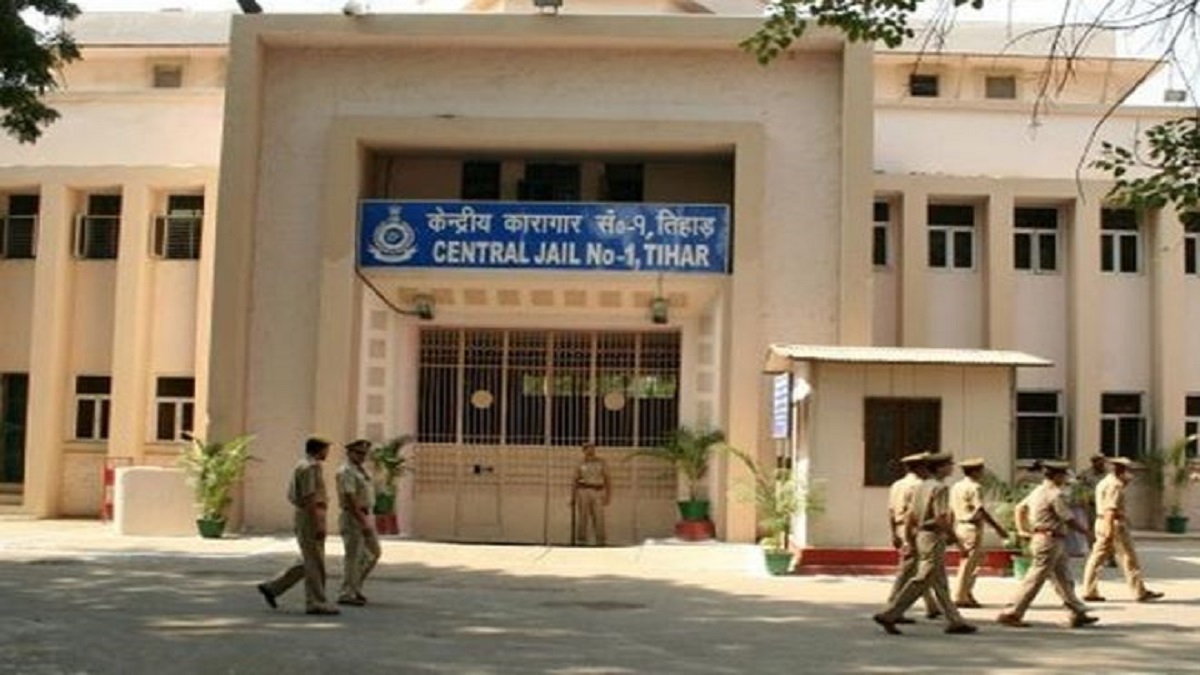
Analyzing the Chances: Low Odds, High Stakes in a Tense Scenario
In the present landscape, the probability of Yasin Malik facing the gallows hovers around 20-30%, balancing legal, political, and diplomatic factors. Legally, the NIA’s appeal has merit under UAPA’s stringent provisions, where death penalties have been upheld in terror financing (e.g., 26/11 Mumbai attacks). The Delhi High Court’s November hearing could escalate to the Supreme Court, where precedents favor enhancement for “waging war” offenses. Malik’s guilty plea in 2022 weakens mercy pleas, and his affidavit—while humanizing him—may be seen as evasive.
Politically, under Prime Minister Narendra Modi’s BJP-led government, hardline policies on Kashmir (post-2019) amplify risks. Separatists like Malik are viewed as threats, and public outrage over attacks like Amarnath bolsters the NIA’s case. Recent X posts (as of late September 2025) reflect polarized sentiment: supporters decry it as “injustice,” while critics demand execution.
However, countervailing forces temper chances. Executions in political cases invite backlash; Guru’s 2013 hanging fueled unrest. Malik’s international profile—bolstered by his non-violent image and alleged elite ties—could draw EU/UN scrutiny, especially amid 2025’s global moratorium push. Petitions and media coverage (e.g., The Print‘s September 19 report on his Vajpayee-Manmohan claims) highlight risks of alienating moderates. Health concerns (Malik, 59, suffers from kidney issues) often lead to commutations.
In sum, while not impossible, hanging Malik seems improbable without a landmark ruling. It would symbolize unyielding resolve but risk martyring a figure whose “romantic” defiance, as he calls it, endures. As Kashmir simmers, his fate underscores the unresolved quest for azadi—or integration.
Conclusion
In conclusion, Yasin Malik’s enduring saga stands as a poignant emblem of Kashmir’s protracted struggle for self-determination, where personal sacrifice intersects with the broader geopolitical chessboard of South Asia. As the Delhi High Court prepares to hear the NIA’s appeal for the death penalty on November 10, 2025—amidst swirling controversies over his alleged backchannel roles and international calls for clemency—the outcome could either exacerbate regional tensions or open avenues for reconciliation. While India’s retention of capital punishment defies global abolitionist trends, the rarity of executions in political cases suggests Malik’s life sentence may persist, barring a dramatic judicial shift. Ultimately, his fate transcends individual justice, urging all parties—India, Pakistan, and Kashmiri voices—to prioritize dialogue over retribution, fostering a path to lasting peace in a land scarred by decades of conflict.


